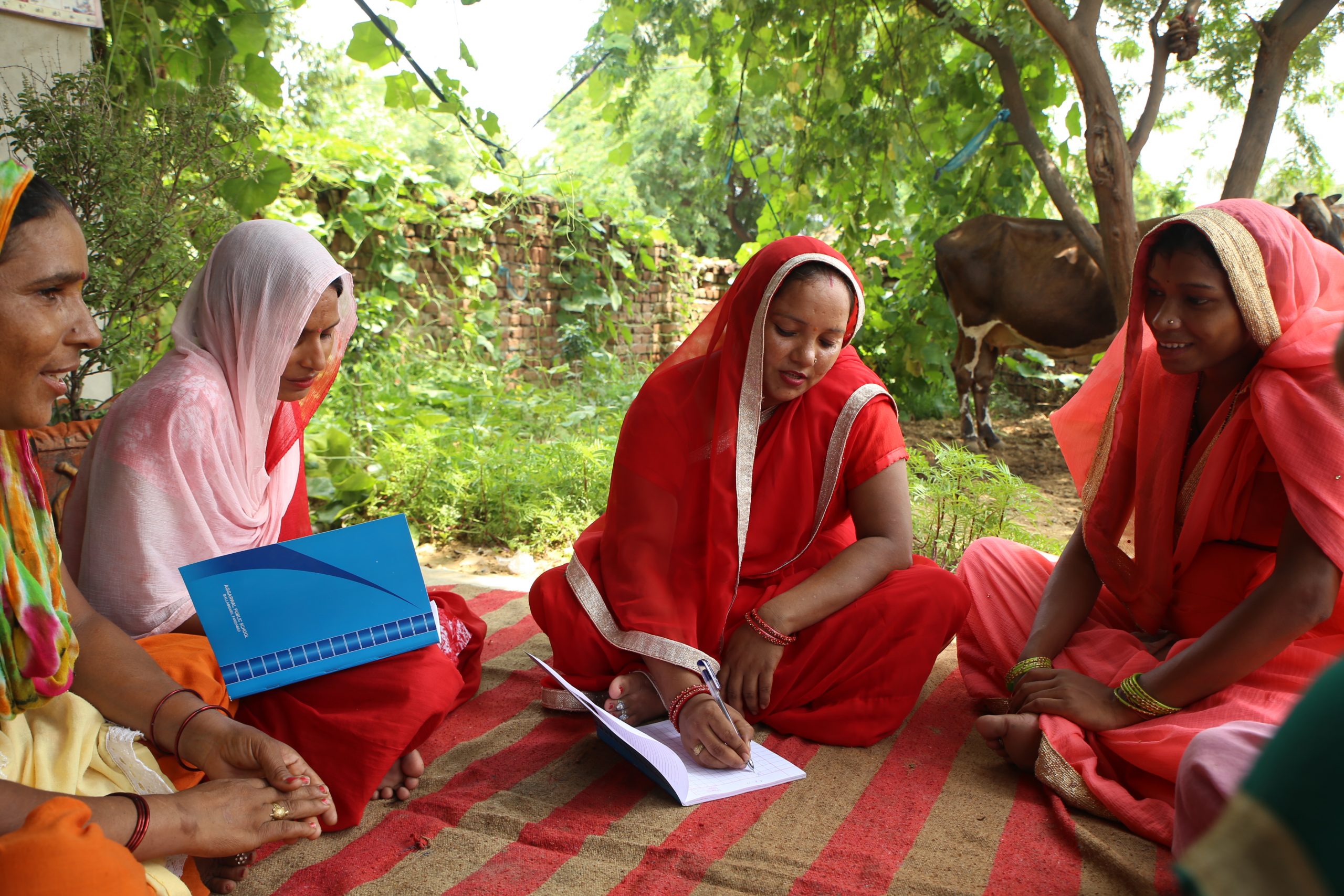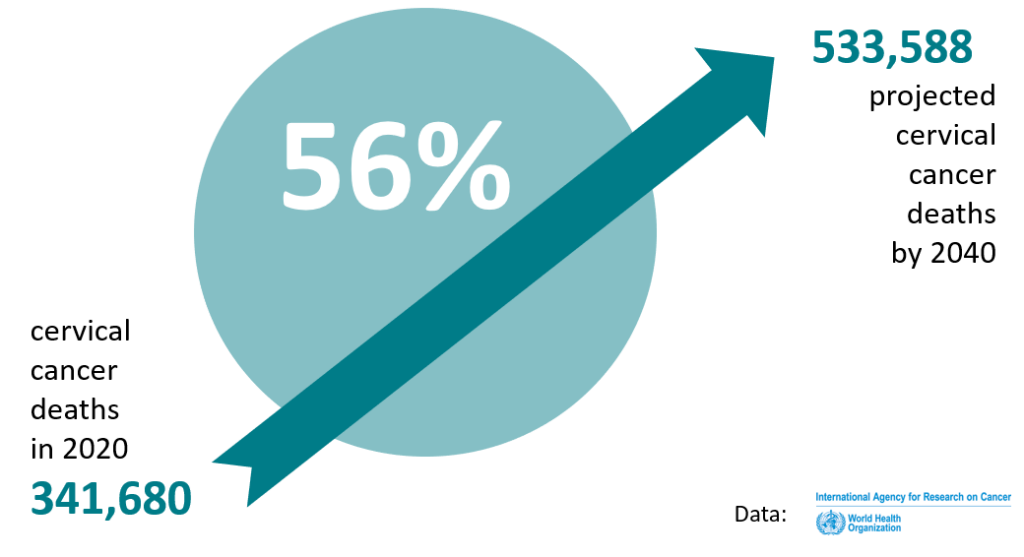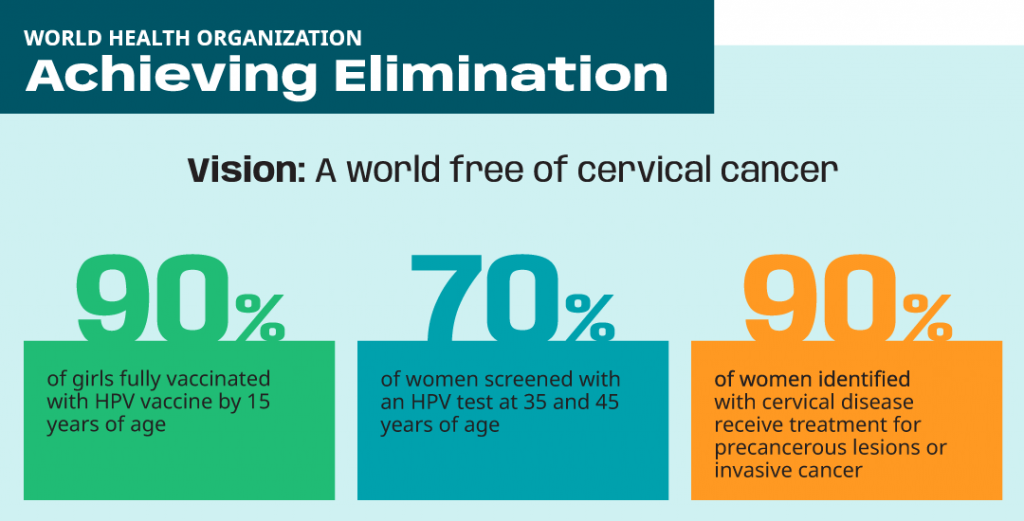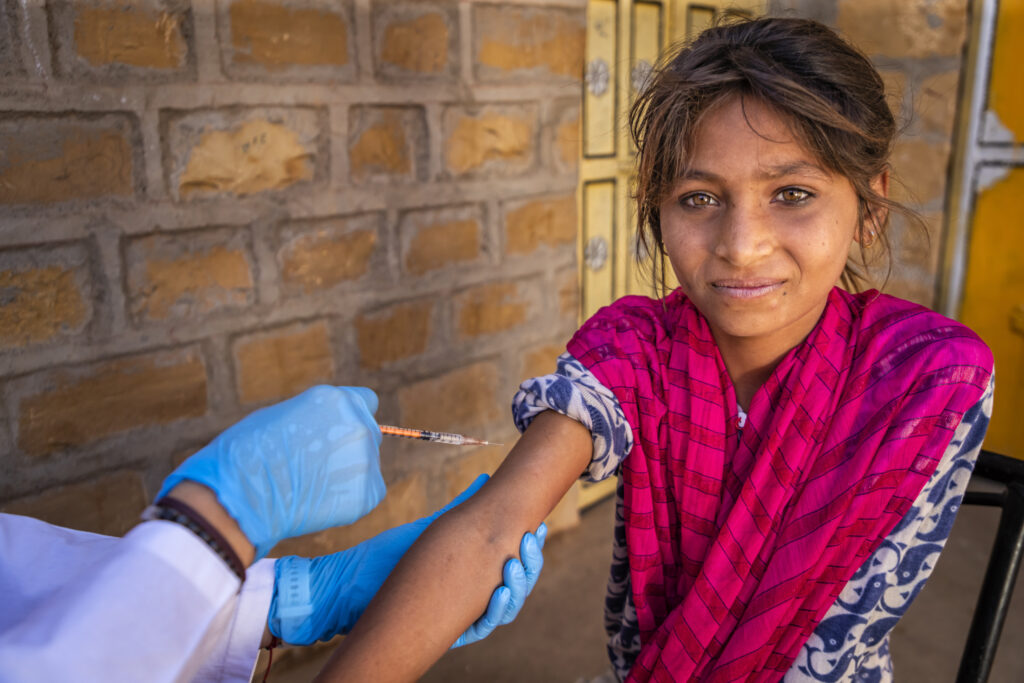
learn
Cervical cancer is an urgent public health problem that can be solved. Nearly all cervical cancers are caused by persistent infection with the human papillomavirus (HPV) and most can be prevented by HPV vaccination.
What is Cervical Cancer?
Cervical Cancer is an urgent public health problem that takes the lives of more than 300,000 women globally every year. More than 90% of cervical cancer deaths occur in lower-resourced countries.
Cervical cancer is a cancer of the entrance of the womb (uterus). It can take many years, even decades, to develop. Symptoms often do not appear until the disease is in advanced stages.
Most pre-cancerous cervical lesions (99.8%) and cervical cancers are caused by the human papillomavirus (HPV). Cervical cancer begins when normal cells in the cervix gradually develop abnormal changes and become pre-cancerous. The mutated pre-cancerous cells can grow and develop into cancer over time.


We Can Eliminate Cervical Cancer
In 2020, the World Health Organization (WHO) launched a global initiative to eliminate cervical cancer which set targets for three important strategies: HPV vaccination, cervical cancer screening, and treatment. Currently 193 countries are committed to eliminating cervical cancer. To achieve elimination, 90% of girls between 9 and 14 years of age need to be vaccinated by 2030.
For more information on global elimination efforts visit Cervical Cancer Action for Elimination.
What is HPV?
HPV is a very common infection that can cause six different cancers in men and women including cervical cancer. It can also cause throat, anal, vaginal, vulvar, and penile cancer.
HPVs are a large group of related viruses. Each virus in the group is given a number which is called an HPV type. Some HPV types are called high-risk because they can cause cancer. Two high-risk HPV types, HPV16 and HPV18, account for 70% of cervical cancer cases globally.
Most adults will get an HPV infection at some point in their lifetime; however, they usually will never know it. In most people, the body can clear the infection on its own. Chronic, or long-lasting, infection that is caused by high-risk HPV types can cause cancer over time.
The HPV Vaccine Can Prevent Cervical Cancer
The HPV vaccine helps prevent infection with the HPV serotypes that most commonly cause cervical cancer.
The HPV vaccine is recommended for girls aged 9-14 for maximum protection. The body creates the best immune response to the vaccine at these ages. The HPV vaccine is given to 9-14 year olds in two doses, six months apart, as a routine part of the childhood vaccination schedule.
For girls over the age of 15, or some who have weakened immune systems (HIV positive, transplant recipients), the World Health Organization recommends three doses of the HPV vaccine. Country-specific HPV vaccination programme guidelines and target age group(s) may differ.
Since the HPV vaccine does not protect against all types of HPV that can cause cervical cancer, cervical cancer screening in adulthood is still required.
The HPV Vaccine Is Safe and Effective
The HPV vaccine is safe, effective, and provides long-lasting protection. The HPV vaccine has been included in the national immunisation programmes of more than 100 countries and more than 300 million doses of the HPV vaccine have been safely given worldwide.
In countries like Australia, the United Kingdom, and Sweden where adolescents have been receiving the HPV vaccine since its release, there are already dramatic reductions in new cases of cervical precancer and cancer.
The Global Advisory Committee on Vaccine Safety (GACVS) and research teams in many countries have found no adverse events of concern based on several large, high-quality studies.

Sources
- Cervical Cancer Causes & Risk Factors | Cervical Cancer Prevention
- GAVI HPV Programs: Application to Implementation
- Global Advisory Committee on Vaccine Safety, Dec. 2-3, 2015
- HPV Vaccination – CCAE (cervicalcanceraction.org)
- International Agency for Research – World Immunization Week 2022: Spotlight on vaccination to reduce the global cancer burden
Our Research
Prevent Global HPV Cancers is built on behaviour change communications research with health care professionals and parents in India, Kenya, and Colombia. This research can help inform your HPV vaccination education and communication efforts.
Resources
Explore the many evidence-based resources available to support your organisation’s or agency’s efforts to increase demand for, and uptake of, HPV vaccination to prevent cervical cancer. Tools include patient posters, frequently asked question documents, dosing guidance, sample awareness letters, champion engagement letters, and more.